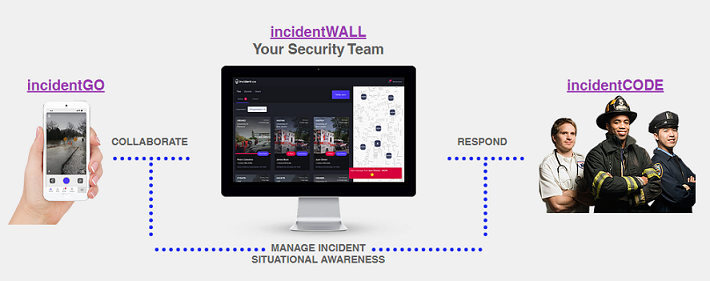Safety Apps: A Necessity?
- Clayton Kemp
- Jan 10, 2020
- 4 min read
Does my organization need to invest in a safety app? The short answer is yes, and the sooner, the better. The longer answer involves consideration of technological, behavioral, and legal trends.
Twenty years ago, land lines were the most popular mode of communication, along with
beepers, traditional mail, and fax machines. Everything changed with the advent of an affordable smartphone in 2007. Since then, we have seen the smartphone become the focal point of people’s lives, a gateway responsible for every aspect of a person’s life today: communication, work, entertainment, time management, and, while not at the forefront of people’s minds, safety. The last twelve years have also seen a shift in behavior in preferred methods of communication with users migrating from making calls to using text messaging, social media platforms, or various communications-based apps (e.g., WhatsApp).
Even with this behavioral shift, people are still calling 911, now just from their mobile
phone. In fact, according to NENA (National Emergency Number Association) 80% of calls to 911 are made from mobile phones. Even with the majority of calls coming from smartphones, the technology being used to receive the calls in most 911 call centers is actually less compatible with smartphones than with land lines. Essentially, in a world of novelties like self-driving cars and refrigerators that communicate, there are still better results calling 911 from a landline than a mobile phone.
The scenario is as follows: you’ve been conditioned to use your phone to communicate
via text and social media and are in need emergency assistance. While your heart is beating a little faster and your mind races, you have to also remember to use a landline instead of the phone that is in your pocket. After you connect with 911 dispatch, you then have to verbally relay all information to the operator. How has this remained the scene in today’s advanced technological age?
Next Generation911 is working to solve the technological issues that exist today, with
companies like RapidSOS and FirstNet (to name a couple) leading the way. However, there is a secondary issue call centers for 911 are also facing, limited resources. 911 is being inundated with non-emergency calls all over the country, all of which are prioritized for a response. Simple issues so often have the potential to be resolved by local authority figures, be it administrators or security guards. Currently, non-emergency issues are assigned the lowest priority by 911 which clogs the pipeline and results in slow response times for all. A scenario in which a person reports issues to campus safety at a school, or a landlord at a residential property, or the security department at a business, or even a security guard at any type of venue would alleviate a lot of unnecessary volume to and stress on 911. Non-emergency issues being handled locally while only true emergencies escalate to 911 is a very real alternative that can be implemented today by investing in a safety app.
Safety apps maximize the capabilities of a person’s most frequently used tool, their
smartphone, by providing a portal to simply send a text message, photo, or video of an issue to the responsible security party of a facility. Reporting issues is made even easier by the recipient already being programmed in the app. In many ways this is easier than having to dial 911, and the margin of error in communication is lessened. In addition to the message, the recipient also receives useful details like date, time, and, most importantly, GPS. Most safety apps also come with an ability to share these critical details with 911 when escalated from local authorities.
Investment in a safety app permits a person to communicate from their smartphone in the most commonly used ways, via camera and text, while increasing the amount of information transferred during an emergency, all within a shorter timeframe than the current, clunky catch-all of calling 911. This ultimately results in improved response from 911, and, equally important, peace of mind.
Another factor to take into account when considering an investment into a safety app
solution is the current legal climate. We live in a time when, legally speaking, there is always someone held accountable, and they are being so through lawsuits. “Duty of care” is a massively popular term today due to the increase of lawsuits involving physical harm. “Duty of care” is the legal obligation for actions to have been taken to mitigate the possibility of harm. This is the first barrier for any lawsuit that claims negligence, and implementing a safety app both provides a tool that mitigates the risk of physical harm and makes it much harder to prove negligence.
Whether you want to help 911 better serve you and your community, give people a tool
that works in a way that is most familiar, shield yourself from liability, or simply provide peace of mind, implementing a safety app expedites all of these things. Whatever your priorities may be, a safety app is a multi-faceted, critical solution that matches the pace of today’s world.


Comments